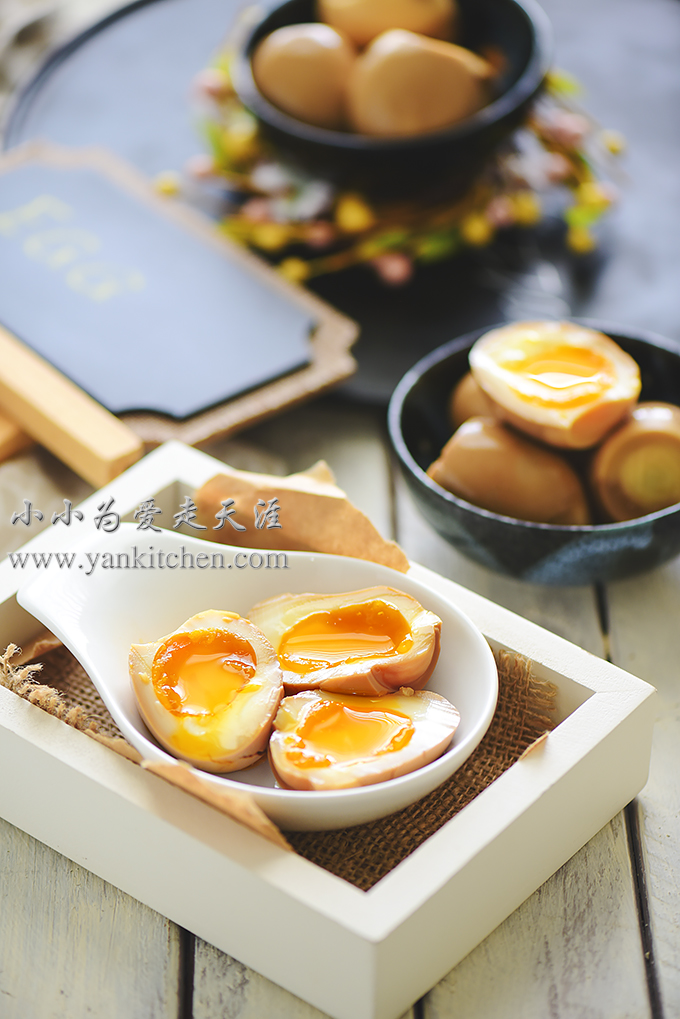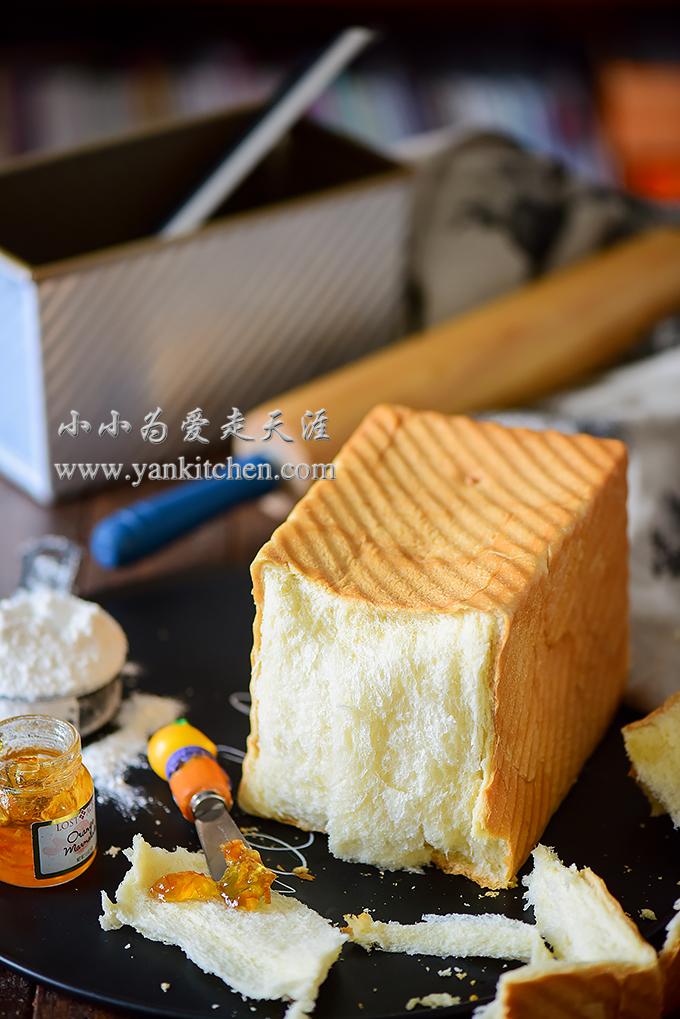中文版菜谱:溏心温泉蛋(米酒版)
If you are a fan of ramen noodles like me, you would be familiar with the soft boiled eggs in soy sauce and know how great they taste.
Tonkotsu ramen is very hard and time consuming to make from scratch at home. On the other hand, soft boiled eggs are quite simple and easy.
Making authentic Japanese style soft boiled eggs recipe requires merin, which is similar to rice wine but sweeter. When you don’t have merin at hand (well, I guess most people in America don’t), you can always substitute with rice wine like I do. And it works out pretty good too.
Ingredients:
8 fresh eggs
water for boiling eggs plus more for soaking
ice cubes
2/3 cup soy sauce
2/3 cup rice wine
1 1/3 cup water
salt to taste
Directions:
In a medium stainless steel pot, add water and eggs.
Cook over high heat until water boils. Turn off heat and cover eggs with lid immediately. Wait for 3 to 4 minutes. If you like egg yolks to be less runny, wait for another a couple minutes.
Fill a large bowl with water and ice
Add eggs
Add soy sauce, rice wine, brown sugar, salt and water to a medium pot. Cook over medium high heat until the mixture boils.
Remove from heat and allow it to cool down to room temperature.
Peel the eggs and soak them into soy mixture. Cover with lid or plastic wrap. Refrigerate overnight.
I use a small bowl to help eggs to completely submerse under soy mixture.
The second day, eggs are ready.
With a sharp knife, cut eggs open in the center



















































































































